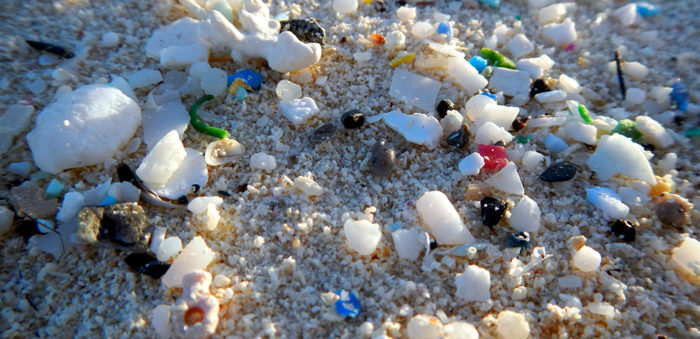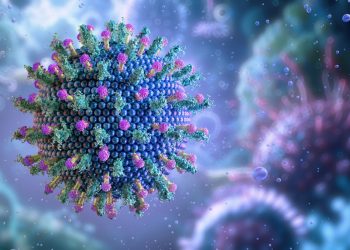Following an analysis of current research related to microplastics in drinking-water, the World Health Organization (WHO) has called for a further assessment of microplastics in the environment and their potential impacts on human health. In this regard, the Organization also called for a reduction in plastic pollution to benefit the environment and reduce human exposure.
Microplastics are small pieces of plastic which are less than 5 millimetres, and they are increasingly gathering in the seas, slowly breaking down into smaller pieces and harming the marine environment.
We urgently need to know more about the health impact of microplastics because they are everywhere – including in our drinking-water. Based on the limited information we have, microplastics in drinking water don’t appear to pose a health risk at current levels. But we need to find out more. We also need to stop the rise in plastic pollution worldwide,
…says Dr Maria Neira, Director, Department of Public Health, Environment and Social Determinants of Health, at WHO.
According to the analysis, which summarizes the latest knowledge on microplastics in drinking-water, microplastics larger than 150 micrometres are not likely to be absorbed in the human body and uptake of smaller particles is expected to be limited.
Absorption and distribution of very small microplastic particles including in the nano size range may, however, be higher, although the data is extremely limited.
As such, the WHO notes that further research is needed to obtain a more accurate assessment of exposure to microplastics and their potential impacts on human health, such as:
- developing standard methods for measuring microplastic particles in water;
- more studies on the sources and occurrence of microplastics in fresh water; and
- the efficacy of different treatment processes.
WHO recommended drinking-water suppliers and regulators prioritize removing microbial pathogens and chemicals that are known risks to human health, such as those causing deadly diarrhoeal diseases.
This has a double advantage: wastewater and drinking-water treatment systems that treat faecal content and chemicals are also effective in removing microplastics.
Wastewater treatment can remove more than 90% of microplastics from wastewater, with the highest removal coming from tertiary treatment such as filtration.
Conventional drinking-water treatment can remove particles smaller than a micrometre. A significant proportion of the global population currently does not benefit from adequate water and sewage treatment.
By addressing the problem of human exposure to faecally contaminated water, communities can simultaneously address the concern related to microplastics,
…WHO noted.
More than 9 billion tons of plastic have been produced since the 1950s, with 7 billion tons ending as waste, in the form of microplastics. They originate mostly from packages and drink bottles and break up into tiny pieces in the environment. According to estimations, if this continues the world will end up with 13 billion tons of microplastics by 2050.
A scientific survey in Australia’s Cocos Islands released this summer found 414 million pieces of plastic debris on remote islands.






























































